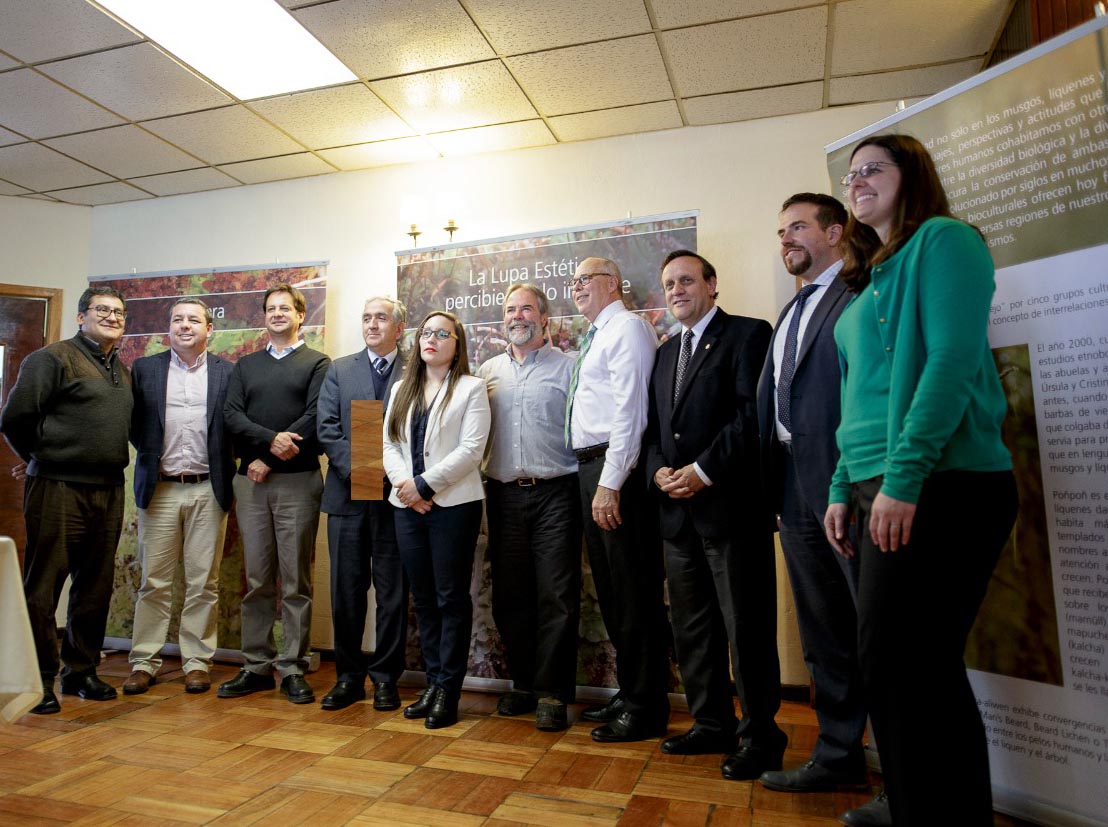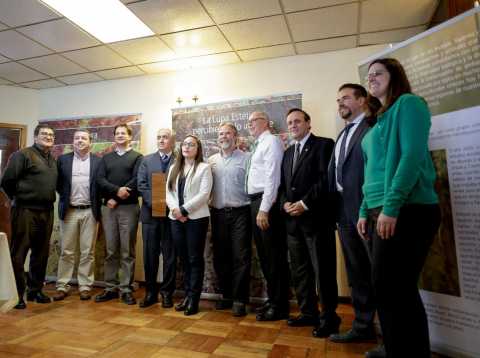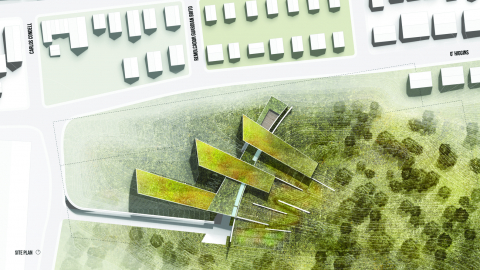Decades of on-site research into clean water at the world's southernmost city Puerto Williams with faculty and students from the University of North Texas and the University of Magallanes, provides strong data about the purity of the water in the Robalo River, which runs through Navarino Island.
The long-term research into water quality and other ecological and environmental questions will continue and get a boost with the construction of the Sub-Antarctic Cape Horn Center. Earlier this month, dignitaries from the University of North Texas, the University of Magallanes, the Catholic University, the American embassy in Chile, and local and regional government, met in Puerto Williams for an international seminar, "Challenges for the Sub-Antarctic Cape Horn Center: Science, Technology, and Education." During this seminar, representatives from all of the universities and government agencies were joined by members of the Chilean Navy to discuss crucial topics about the cultural, social, economic, and ecological effects of the research done by all the partner institutions and the importance of sustainable industry and tourism for the larger Magallanes region. The Sub-Antarctic Cape Horn Center will serve as a world-class platform for education, research, and community engagement with support from all partners and institutions, including the Institute for Ecology and Biodiversity and the Omora Foundation.

Pictured, l to r:
Dr. Jose Maripani, Provost, University of Magallanes; Patricio Fernández, Mayor of the municipality of Cape Horn; Dr. Pedro Bouchon, Vice-President for Research, Catholic University of Chile; Dr. Juan Oyarzo, President, University of Magallanes; Daniela Díaz, Governor of the Chilean Antarctic Province; Dr. Ricardo Rozzi, Director of the Sub-Antarctic Biocultural Conservation Program, UNT/UMAG; Dr. Neal Smatresk, President, University of North Texas; Dr. Igancio Sánchez, President, Catholic University of Chile; Andrew Griffin, First Secretary for Economic Affairs, US Embassy in Chile; Dr. Jennifer Cowley, Provost, University of North Texas.





